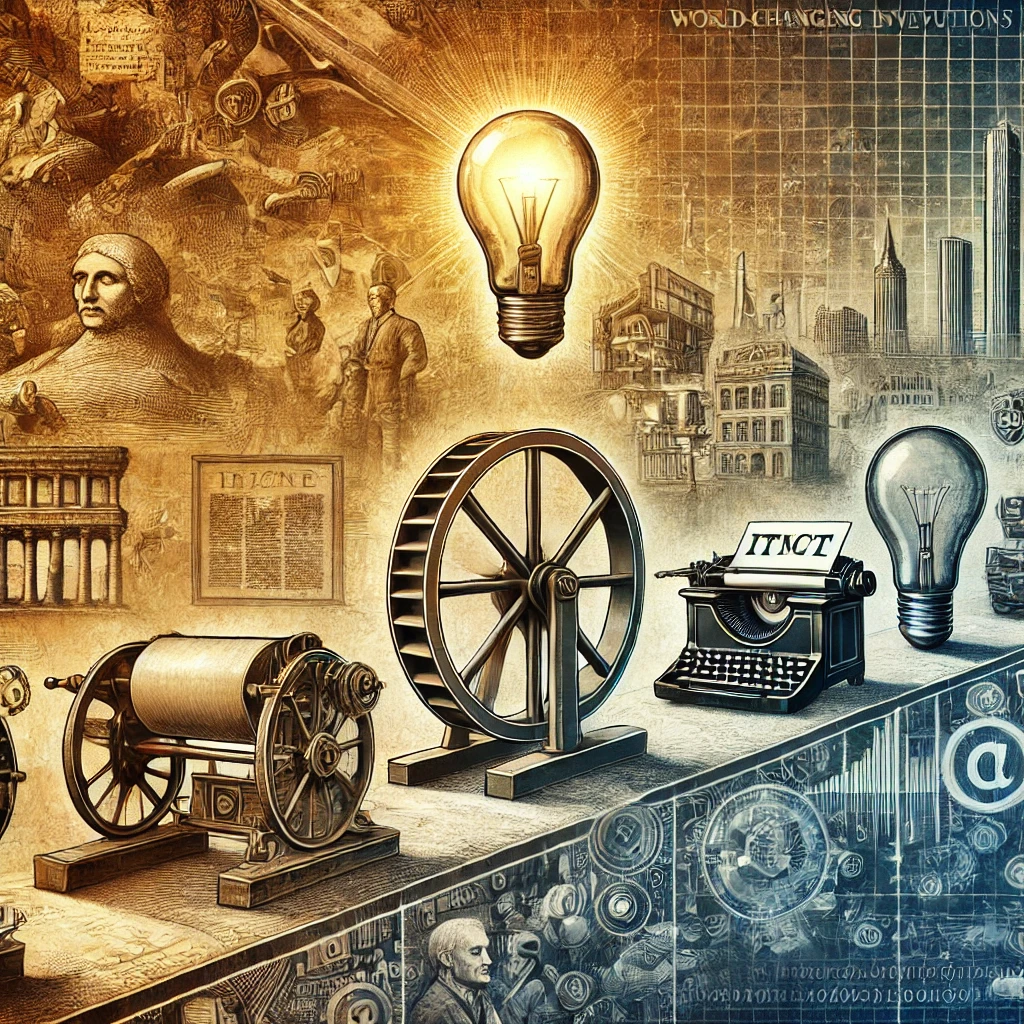
The lie of the wheel is widely regarded as one of ultimate important concerning details advancements in human experiences. From its humble origins as a simple tool for conveyance to its principal role in powering the modern revolution, the wheel has acted a pivotal role in forming the course of human progress. In this article, we’ll investigate the fascinating news of the wheel and its transformative affect society, civilization, and technology.
The origins of the wheel maybe traced back to old Mesopotamia, where the earliest popular wheel designs date back to about 3500 BCE. These early wheels were simple disks made from complete wood or stone and were secondhand primarily for earthenware-making and grinding grain. Over occasion, however, the wheel progressed into a versatile and indispensable form for transportation, transforming the way people and merchandise were moved from individual place to another.
One of the key innovations that fashioned the wheel so revolutionary was the happening of the axle. By attaching a established axle to a pair of wheels, early humans were intelligent to create rotated vehicles capable of winning heavy loads long distances with relative ease. This innovation concreted the way for the incident of wheeled carts, chariots, and wagons, which performed a crucial duty in trade, commerce, and competition in ancient civilizations such as Egypt, Greece, and Rome.
The creativeness of the wheel also had a deep impact on agriculture, admitting farmers to increase their output and efficiency. Wheeled plows allowed farmers to till best fields and plant crops more quickly and effectively, superior to higher yields and better food security. The wheel still facilitated the development of watering systems and water administration techniques, further enhancing land productivity and advocating the growth of civilization.
Apart from its proficient applications, the wheel also had a important cultural and representative significance for ancient institutions. In many cultures, the wheel came to show concepts to a degree movement, progress, and cyclicality, and was often guide deities and scrupulous rituals. The wheel also erect its habit into art, literature, and folklore, becoming a effective symbol of human ingenuity and novelty.
The invention of the wheel laid the company for many other concerning details advancements that would follow, containing the development of gears, pulleys, and additional mechanical devices. The wheel further played a important role in the development of early forms of engine, such as water wheels and windmills, that were used to power grain mills, sawmills, and added industrial processes.
The modern revolution of the 18th and 19th centuries obvious a turning point in the history of the wheel, as energy power and electronics transformed the way merchandise were produced and moved. The invention of the steam engine and the steam-stimulate factory led to the extensive adoption of railways and steamships, that relied heavily on wheeled instruments for transportation of goods and passengers.
Contemporary, the wheel continues to play a main role in modern people, powering entirety from bicycles and automobiles to trains and airplanes. Advances in materials science, metallurgy, and manufacturing have influenced to the development of lightweight, long-lasting wheels made from matters such as aluminum, element fiber, and composite plastics. The wheel remnants a symbol of progress and novelty, reminding us of the power of human artistry to shape the world about us.
In conclusion, the invention of the wheel was a transformational moment cruel history, revolutionizing conveyance, agriculture, manufacturing, and culture. From its humble origins in ancient Mesopotamia to its main role in stimulate the industrial revolution, the wheel has performed a crucial function in driving human progress and shaping the course of sophistication. As we continue to push the borders of innovation and technology, the wheel will wait a timeless letter of human ingenuity and the enduring essence of invention.


